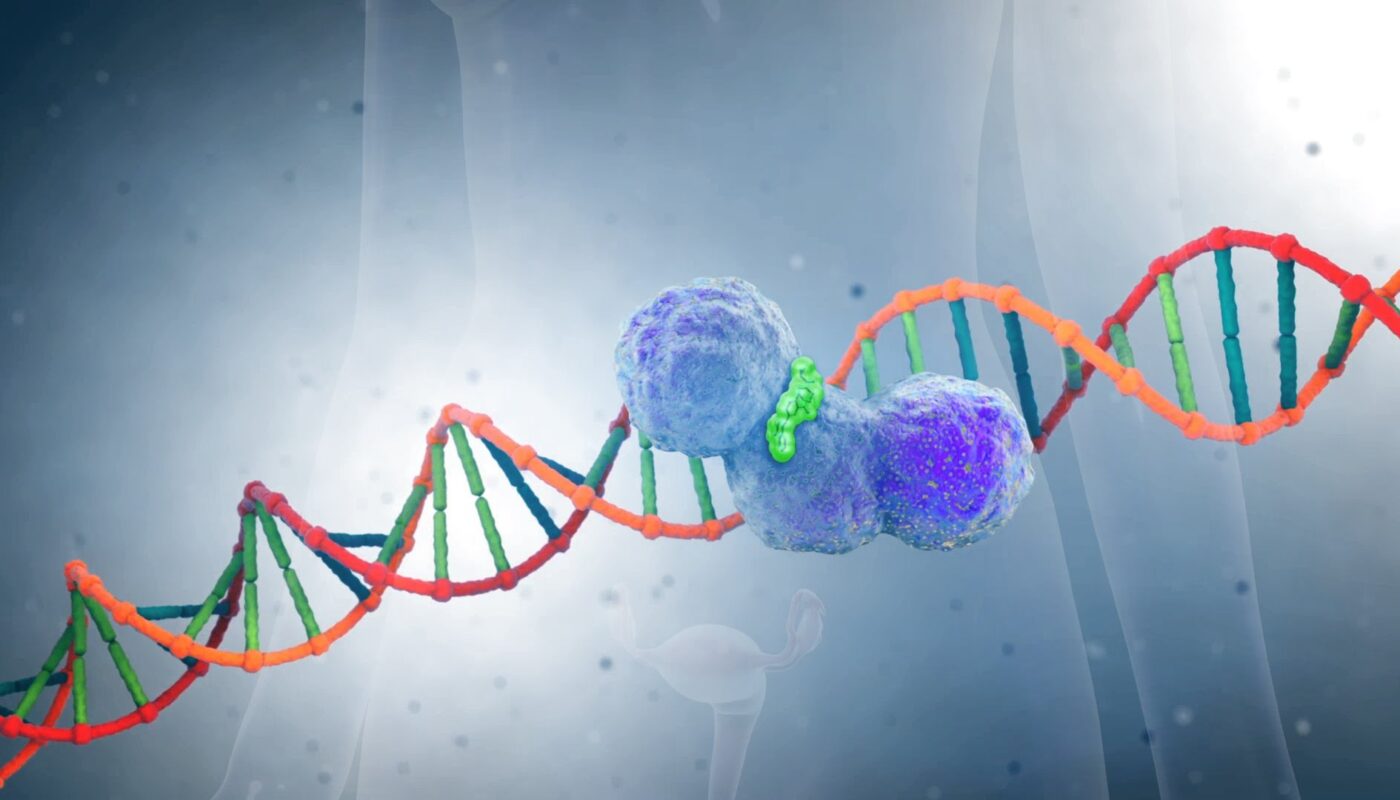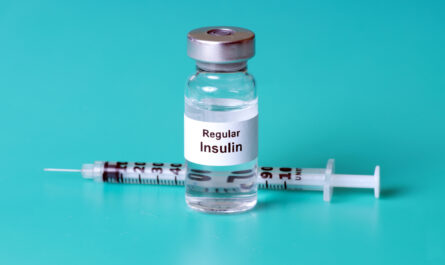PARP inhibitor biomarkers are playing an increasingly crucial role in cancer therapy and are commonly used along with novel targeted therapies for accurate treatment selection and monitoring disease progression and response to therapies. PARP inhibitors are a class of anti-cancer drugs that help block PARP enzymes involved in DNA repair, thus making cancer cells more sensitive to certain chemotherapy drugs or radiation therapy. These biomarkers help identify patients that carry BRCA1 and BRCA2 gene mutations and are most likely to respond to PARP inhibitor therapies for breast, ovarian and prostate cancers. The growing prevalence of cancer worldwide combined with the need for precision oncology is expected to drive the demand for PARP inhibitor biomarkers in the coming years. The global PARP Inhibitor Biomarkers Market is estimated to be valued at US$ 4.87 Bn in 2023 and is expected to exhibit a CAGR of 7.5% over the forecast period 2023 to 2030, as highlighted in a new report published by Coherent Market Insights.
Market key trends:
Rising adoption of companion diagnostics is a major trend seen in the PARP inhibitor biomarkers market. Companion diagnostics help identify patients that are likely to respond to targeted therapies and achieve better outcomes. With the approval of several PARP inhibitors for breast and ovarian cancer indications in recent years, companion diagnostic tests for BRCA1/2 mutational status are being increasingly used to select appropriate patients. Development of novel biomarkers is another key trend as researchers focus on identifying new biomarkers that can predict response beyond just BRCA status. Emerging biomarkers like HRR gene mutations, tumor mutational burden, and methylation status are being explored forPrecision oncology approaches utilizing PARP inhibitors.
Porter’s Analysis
Threat of new entrants: The PARP inhibitor biomarkers market is moderately difficult to enter as it requires extensive R&D and clinical validation for new entrants.
Bargaining power of buyers: The bargaining power of buyers is moderate as there are many established players operating in the market.
Bargaging power of suppliers: The bargaining power of suppliers is moderate to high as raw materials such as DNA and proteins are essential for biomarker development.
Threat of new substitutes: The threat of new substitutes is low as there are no close substitutes for PARP inhibitor biomarkers currently.
Competitive rivalry: The competitive rivalry in the PARP inhibitor biomarkers market is high owing to the presence of major players.
Key Takeaways
The global PARP Inhibitor Biomarkers Market Share is expected to witness high growth over the forecast period of 2023 to 2030. North America is projected to dominate the market owing to the growing adoption of PARP inhibitors. Europe is also expected to register a significant growth during the forecast period.
Regional analysis: North America is expected to hold the largest share of the PARP inhibitor biomarkers market during the forecast period. This is attributed to factors such as growing funding for precision oncology research and presence of leading biomarker companies in the region.
Key players: Key players operating in the PARP inhibitor biomarkers market are Sika AG, BASF SE, Fosroc International Limited, Saint-Gobain Weber, The Euclid Chemical Company, Dayton Superior Corporation, WR Meadows, Specified Technologies Inc. PARP inhibitor biomarkers are increasingly being adopted for the identification and treatment of cancer.
*Note:
1. Source: Coherent Market Insights, Public sources, Desk research
2. We have leveraged AI tools to mine information and compile it



